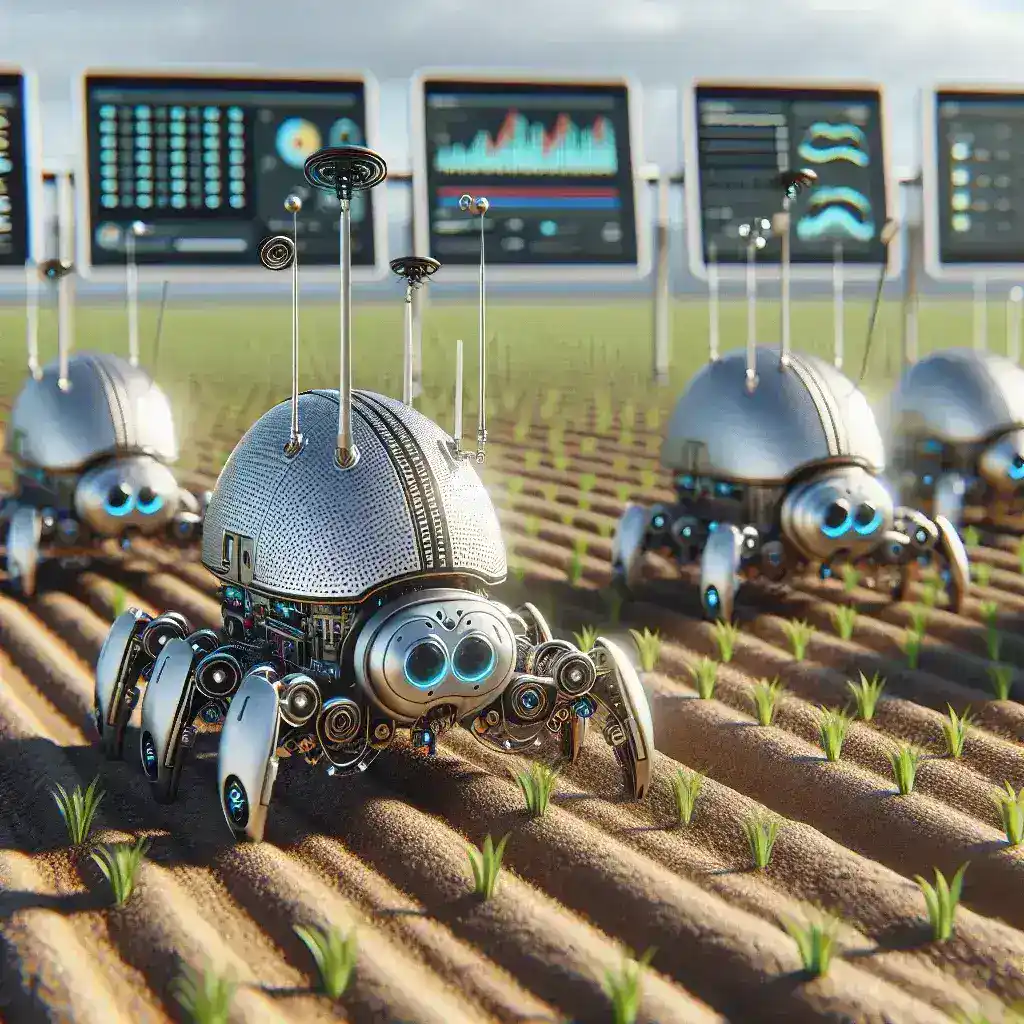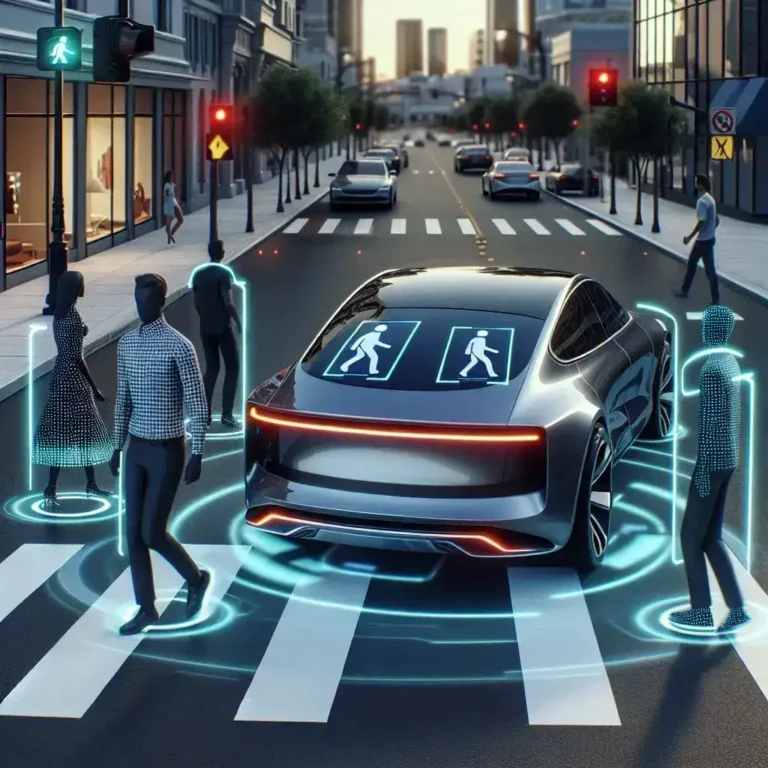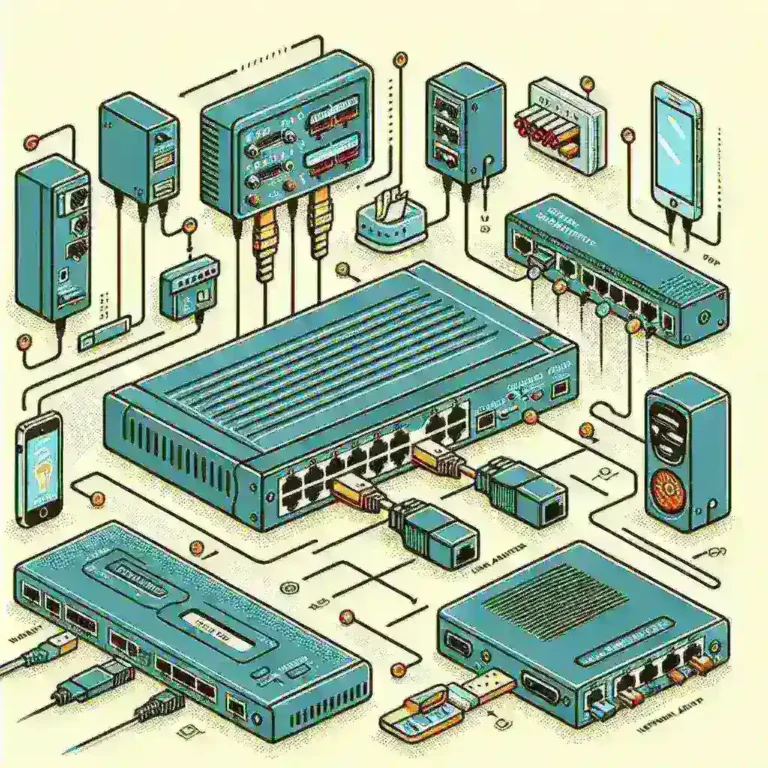Introduction
In the realm of agriculture, technology has continuously played a crucial role in improving efficiency and productivity. One of the most exciting advancements in recent years is the development of AI-powered robotic insects designed specifically for monitoring soil health on a large scale. These innovative devices are transforming agricultural practices by enabling farmers to make data-driven decisions, ultimately leading to enhanced crop yields and sustainable farming methods.
The Role of Soil Health in Agriculture
Soil health is the foundation of successful agriculture. Healthy soil not only supports plant growth but also plays a vital role in the ecosystem by maintaining biodiversity, regulating water, and storing carbon. Monitoring soil health involves assessing various parameters, including nutrient levels, moisture content, microbial activity, and overall soil structure. Traditionally, soil testing has been a labor-intensive process, often resulting in delayed responses to soil deficiencies. This is where AI-powered robotic insects come into play.
What Are AI-Powered Robotic Insects?
AI-powered robotic insects are miniature robotic devices equipped with advanced sensors and artificial intelligence algorithms. These robots mimic the behavior of real insects, allowing them to navigate through fields and gather valuable data regarding soil conditions. The use of robotics in agriculture is not entirely new; however, the integration of artificial intelligence allows for real-time data processing and analysis, which was previously unimaginable.
Key Features of AI-Powered Robotic Insects
- Real-Time Monitoring: These robotic insects can continuously monitor soil health parameters, providing farmers with immediate feedback.
- Data Collection: Equipped with sensors, they collect data on soil moisture, temperature, pH, and nutrient levels, which can be analyzed to determine soil health.
- Autonomous Navigation: Using AI algorithms, these robots can navigate fields autonomously, avoiding obstacles and optimizing their paths for efficiency.
- Scalability: Farmers can deploy multiple units across vast agricultural lands, enhancing the monitoring capabilities.
The Historical Context of Robotics in Agriculture
The use of technology in agriculture dates back to the industrial revolution with the introduction of machinery such as tractors and harvesters. However, the concept of using robots to perform specific tasks has gained momentum only in the past few decades. The advent of AI and machine learning has allowed agricultural robotics to evolve rapidly, with innovations that now include not only robotic arms and autonomous vehicles but also AI-powered insects that monitor soil health.
How AI-Powered Robotic Insects Work
AI-powered robotic insects operate using a combination of sensors, machine learning algorithms, and cloud computing. Here’s a step-by-step breakdown of their operations:
Step 1: Data Collection
Once deployed in the field, these robotic insects begin their journey by collecting data. Their sensors gauge various soil health indicators, such as moisture content and nutrient levels, which are critical for plant growth.
Step 2: Data Analysis
The collected data is transmitted to a central cloud-based system where machine learning algorithms analyze it. This analysis helps in identifying patterns and potential areas of concern.
Step 3: Actionable Insights
Farmers receive actionable insights based on the analysis. For example, if a specific area of the field shows low nutrient levels, farmers can apply fertilizers precisely where needed, reducing waste and enhancing crop health.
Step 4: Continuous Monitoring
The robots continue to monitor soil health, providing ongoing data that allows farmers to adapt their strategies over time.
Future Predictions: The Evolution of AI in Agriculture
The future of AI in agriculture looks promising. As technology continues to advance, we can expect to see even more refined versions of these robotic insects with enhanced capabilities. Future developments may include:
- Improved AI Algorithms: More sophisticated algorithms will lead to better data analysis and predictive capabilities.
- Integration with Other Technologies: We may see the integration of drones and satellite imagery with robotic insects to create a comprehensive monitoring system.
- Sustainability Focus: As environmental concerns grow, the emphasis on sustainable practices will drive innovations that further reduce waste and optimize resource use.
Pros and Cons of Using AI-Powered Robotic Insects
Pros
- Enhanced Efficiency: Robots can operate continuously without fatigue, leading to consistent monitoring.
- Data-Driven Decisions: Real-time data allows farmers to make informed decisions quickly.
- Reduced Labor Costs: Automation can significantly cut down on labor costs associated with traditional soil monitoring methods.
- Environmental Benefits: By optimizing resource usage, these robots can help reduce the overall environmental impact of farming.
Cons
- High Initial Investment: The cost of deploying robotic insects can be prohibitive for small-scale farmers.
- Technical Challenges: Issues such as connectivity and data privacy may pose challenges in implementation.
- Dependence on Technology: Over-reliance on technology may reduce traditional farming skills.
Real-World Examples
Several companies and research institutions are actively developing AI-powered robotic insects. For instance, the AgriBot project has seen significant success in various agricultural settings, demonstrating how robotic technology can boost soil health monitoring efficiency.
Another notable example is the SwarmFarm Robotics, which integrates AI with autonomous robots to enhance productivity and monitoring capabilities in large agricultural operations.
Cultural Relevance and Acceptance
The acceptance of robotic technology in agriculture varies by region. In developed countries, there is a growing trend towards adopting innovative farming technologies. However, in developing regions, cultural factors and economic constraints may slow the adoption process. Education and awareness programs will be crucial in fostering acceptance and understanding of the benefits these technologies bring.
Conclusion
AI-powered robotic insects represent a significant breakthrough in the effort to monitor soil health on a large scale. By providing real-time data and actionable insights, they empower farmers to enhance crop yields while promoting sustainable practices. As technology continues to evolve, the future of agriculture will undoubtedly be shaped by these awe-inspiring innovations, leading to a more productive and environmentally friendly landscape.



